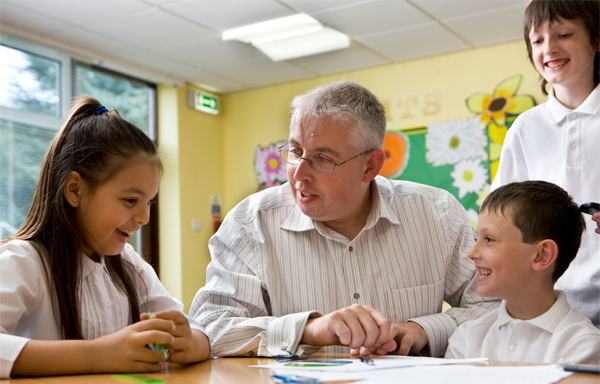7 things to learn from Social Thinking®

Michelle Garcia Winner’s Social Thinking® is a series of concepts, treatment frameworks and strategies for supporting and teaching children with social learning difficulties, including those with Autistic Spectrum Disorder (ASD). The Social Thinking® concepts and materials are used by clinicians all over the world, including Australia and the U.K. In May this year, I was lucky enough to attend a Social Thinking® conference in Ireland. Michelle Garcia Winner is a very engaging speaker, and I found myself often thinking ‘wow- that’s a lightbulb moment!’
Here are some gems I gleaned from my time at the conference:
-
Social behaviour is self-regulation- not just conversation skills. Social goals should lead directly to self-regulation- the individual must be able to compare themselves to others to achieve this.
-
In order to self-regulate, you need an awareness of the social world- you’re either in your own world, or in the external social world- you can’t do both. Most children with ASD cannot figure out the social world without direct teaching- immersion in it is not enough. The social world is all about inference.
-
Don’t just focus on the behaviour- can the child attend to what’s going on around them, and interpret that information? It won’t help to teach the child what they should be doing- we need to teach them how to socially attend and interpret. We problem-solve based on our interpretations.
-
Avoid grouping all the children with social difficulties together, regardless of where they’re ‘at’ socially- group them according to their current social learning system, i.e. how is their social attention? Perspective taking? How do they interpret information- literally or abstractly? Do they have social self-awareness?
-
People tend to think ‘social’ is doing rather than thinking. We always make sense to ourselves- the trick is making sense to others. If you can’t track a person’s eyes, you may not follow their thinking- things are seen only from your own perspective. Teach children to ‘think with their eyes.’
-
The brain is designed to meet the norms of society. Individuals with ASD often have strong expectations of others, but don’t always see themselves as part of it, or that those expectations also apply to them. “Every person has a brain- every brain has a thought- every thought is linked to an emotion,” (Michelle Garcia Winner). People want others to talk to them in a way that makes them feel comfortable and have positive emotions. This means we must tune in to other people’s thoughts.
-
Treatment should begin where the child IS, not where we want them to be. Don’t just teach the ‘rules’, teach them how to attend and interpret socially, then they can problem-solve accordingly.
For more information and for ideas about how to teach some of these concepts, check out the Social Thinking® website at www.socialthinking.com.